Shandong Tengzhou Gangshang Site China Five Thousand Years Civilization Origin of the Origin of the Origin of Civilization of Civilization 丨 Archaeological China
Author:Cover news Time:2022.08.08
Cover reporter Liu Hu Yang Yueyue, Shandong Jinan Report
In Chengang Village, Dongshahe Street, Tengzhou City, Shandong Province, with the deepening of the excavation, a site in the middle and late stages of Dawenkou culture was revealed a little.
Among this site, Dawenkou's late cultural site area exceeds 400,000 square meters. Civilized phenomena such as urban scale, social differentiation, and concentration of power are all shown to the world. At the key nodes formed by early countries. The excavation results of the site are of great significance for the research of the civilization of ancient society.
Recently, the cover news reporter went to Tengzhou, Shandong to talk to Zhu Chao, the head of the archeological excavation project of the Gangshang site in the "Top Ten Archaeological Discovery of the National Top Ten National Archeology in 2021".
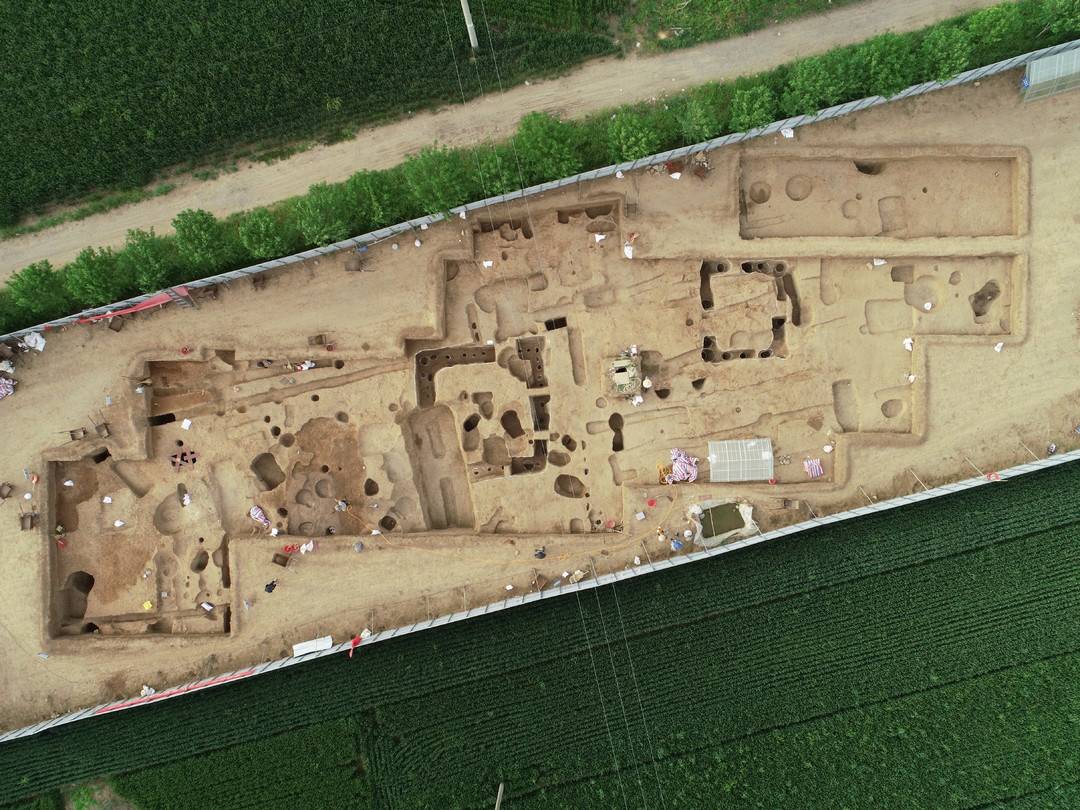
Digging site excavation site
A city of civilization 5000 years ago
Compared with other similar sites in China, the site was found earlier.
In the spring of 1952, the former East China Cultural Relics Working Team found the site during the census of Chengang Village (Gangshang Village), Dongshahe Street, Tengzhou City, named the Gangshang site. In May 1953, 4 colorful pottery was found at the Gangsian site, which was the first time in Shandong Province to discover color pottery.
By 2018, the Shandong Provincial Institute of Cultural Relics and Archeology conducted a comprehensive and systematic exploration of the site. After a year of exploration, from September 2020 to January 2022, the Shandong Provincial Institute of Cultural Relics and Archeology was excavated for two consecutive years, with a total excavation area of about 1100 square meters.
With the deepening of many archeological surveys, this large settlement site with the main body of Dawenkou culture in the middle and late period of Dawenkou culture was unveiled. This excavation discovered the relics of Tucheng Wall and trenches of Dawenkou Culture in the late period of Dawenkou.
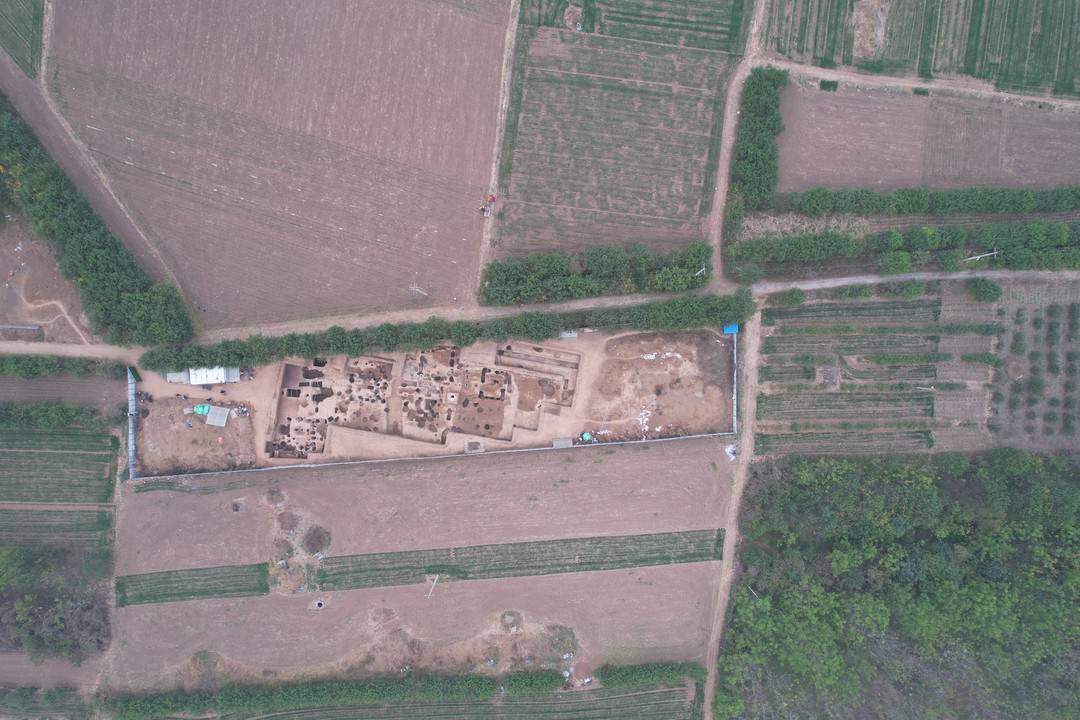
Gangshang site aerial photography
From the map, the plane of the site is like a leaf or boots. It has a maximum span of 1500 meters, a span of 1,000 meters north and south, and a total area of about 800,000 square meters. Among them, Dawenkou Cultural Late Culture Site is 800 meters long and 550 meters long, with a total of 400,000 square meters. It is currently the largest city site found in the same period.
The carbon -containing specimen collected in the site is determined by radial isotope carbon 14. The site of the post is just 5000 years ago, which makes its significance beyond the concept of the regional concept and has the meaning of "national".
According to reports, Dawenkou culture belongs to Dongyi Culture, and Dawenkou culture is divided into several areas such as Gu Surabaya, Guji Shui, and Yiluhe River. There are differences, both in common and different.
"From the perspective of the excavation, different settlements or centers were formed during the Dawenkou culture period. These settlements or centers were distributed separately. Different areas have central cities in different areas, which shows that regional society was formed at that time." Zhu Chao said, from the from The size of the city site, the unearthed jade or stone crickets, and tombs differences, indicating that the site on the post was an important central city at that time at that time, and it also showed that the early cities were formed at the time of this time 5,000 years ago. Early countries.
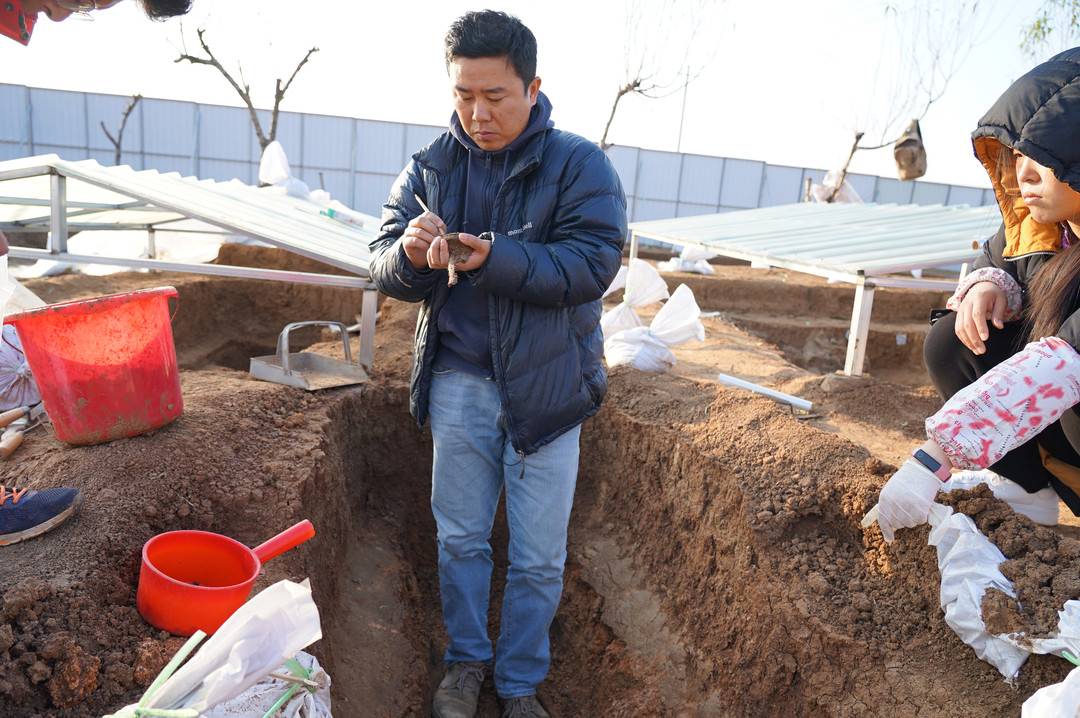
Zhu Chao, the person in charge of the archeological excavation project of the Gang on the Gate
Taking jade as a testimony to witness the ceremony civilization
On June 11 this year, the "Light of Civilization -Archeological Discovery Achievement Exhibition of Tengzhou Gang Site" was launched at the Shandong Museum. Cultural relics, through the restoration of civilized phenomena such as cities, social differentiation, and centralized power in the middle and late Dawenkou culture of the Haiyu area 5000 years ago, to reproduce the "urban people" life scrolls of the year.
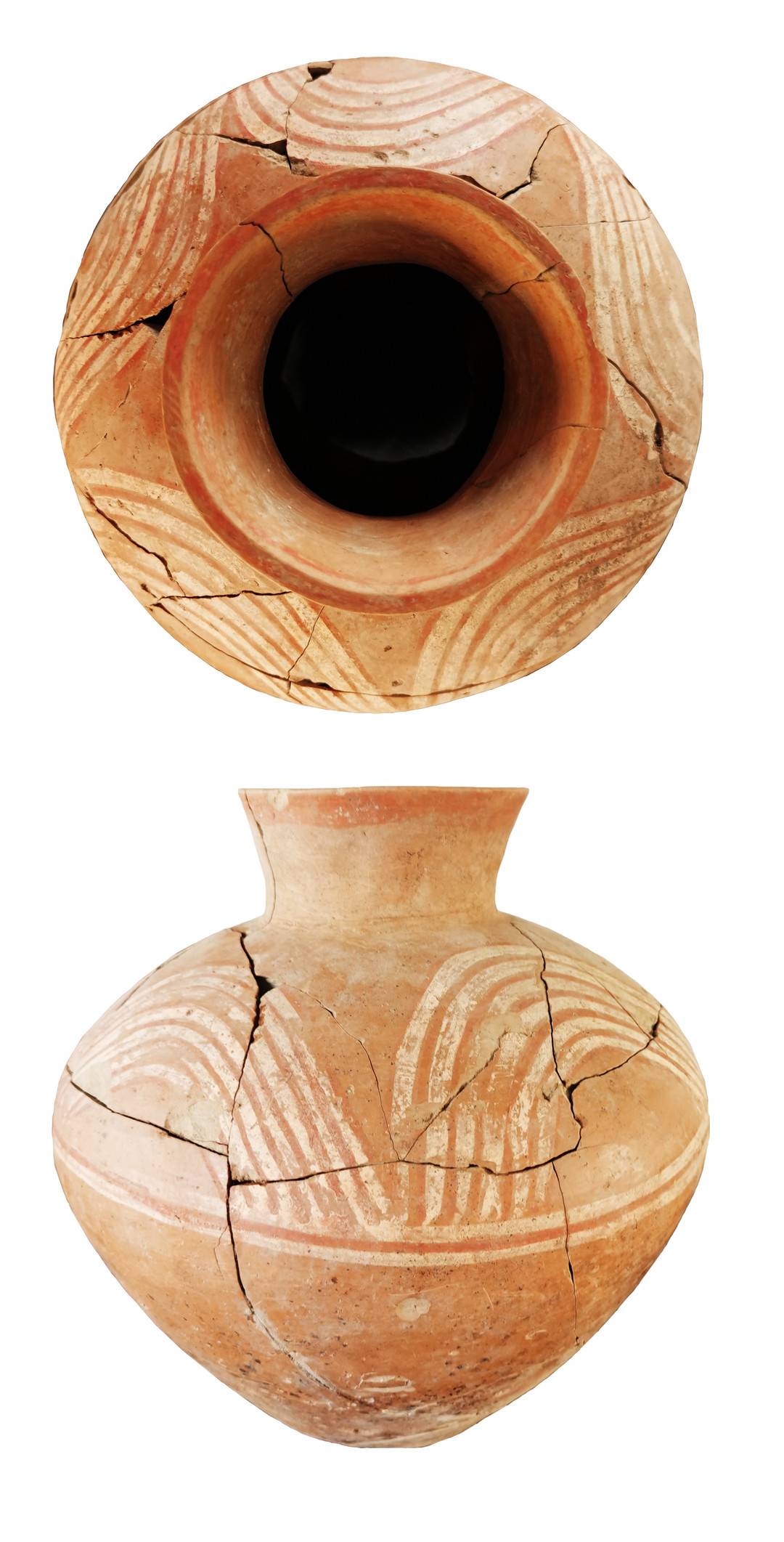
Color pottery unearthed from the northern district of Gang on the site
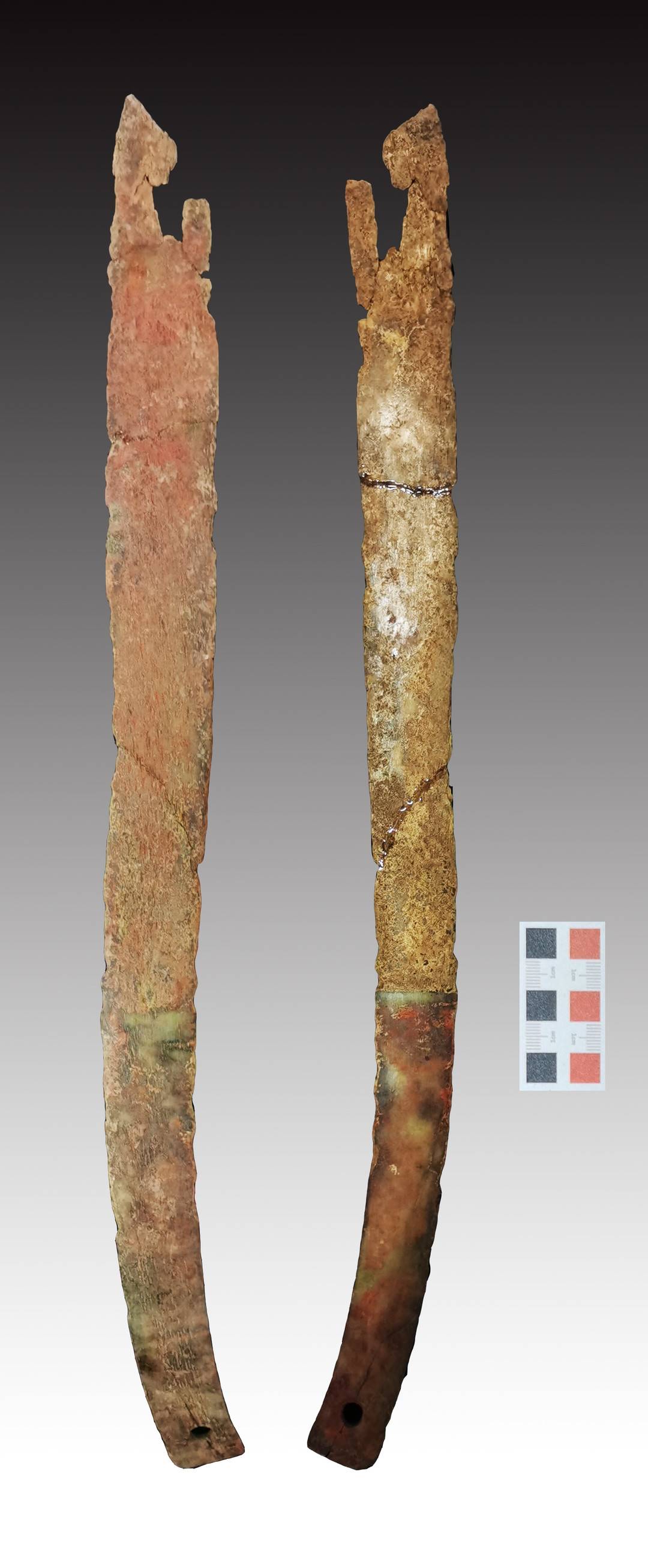
Boneware unearthed from the site
Zhu Chao believes that the jade artifact represented by the 钺, the antlers of the bone tooth, the rod, the bone plate, the crocodile skin and the pottery drum, the turtle tortoise shell, and The group of Tao Rites indicates that the system in the cultural funeral activities of Dawenkou has been basically complete, which clarifies that the Haiyu area is an important origin of the ceremony system. Antlers unearthed from the site
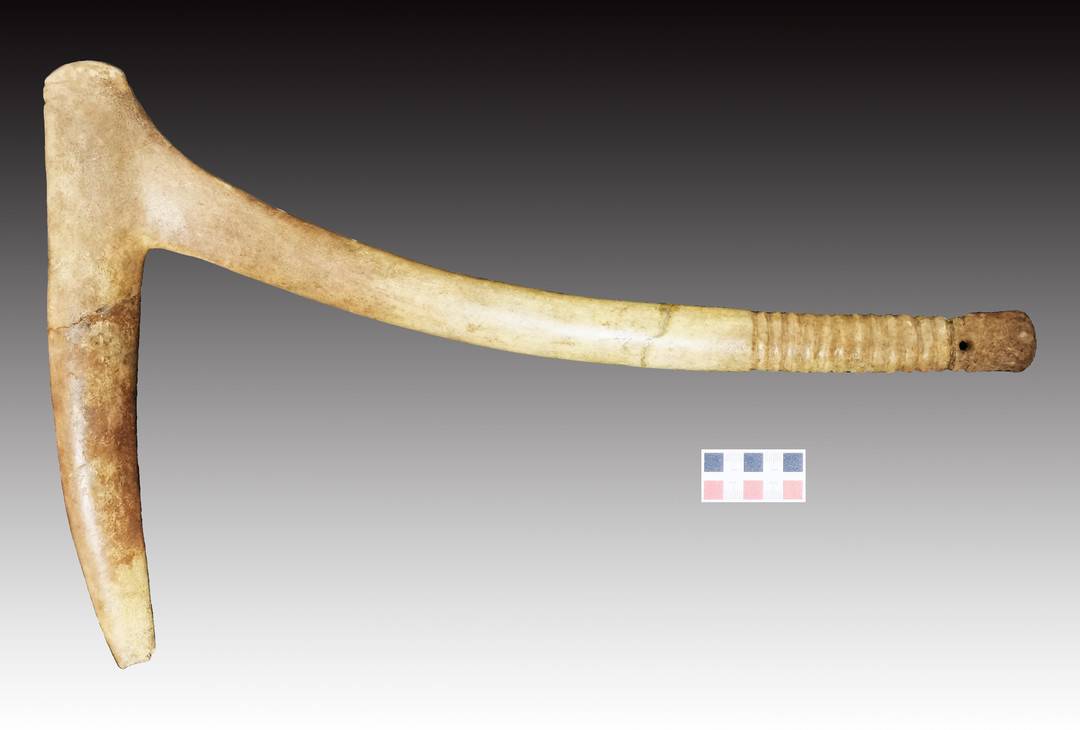
Zhu Chao said that the current excavation results of the gang site have clearly reflected the connotation of the ritual system. During the Longshan Culture period, it has been advanced for more than 500 years.
Tao drum unearthed from the site

In addition, the tombs were found in the tomb, white pottery and other rituals, so as to sign the social status and level of the tomb owner, which is the so -called "device to carry gifts."
Greatwenkou Cultural tomb unearthed pottery
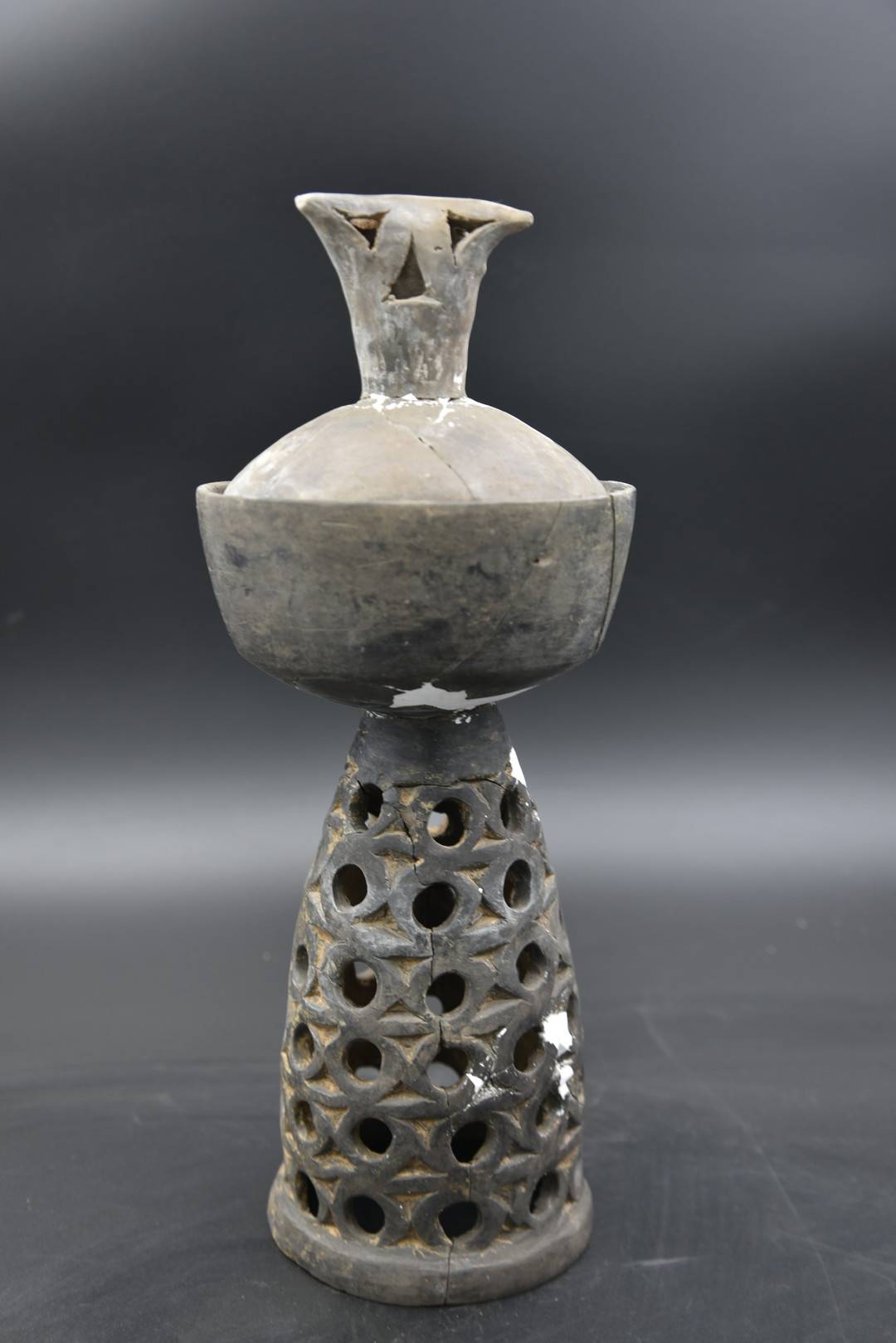
"In summary, the posts in the middle and late stages of Dawenkou have entered the early national stage, and their society has entered a class society. Its cultural relics represented by Dawenkou City and high -level tombs are the powerful 5,000 years of Chinese civilization. Evidence. "Zhu Chao said that the archeological discovery of the Gangshang site project and the archeological work of Chengziya Longshan and Yueshi Cultural City, Qi State Old Town, and Lu Guo City, etc., confirmed the development process of continuous and inherited Chinese civilization in 5,000 years.
Rare burial indicates that social grades are beginning to show
In addition to the city site and unearthed utensils, the high -end tombs discovered on the site of the site also attracted the attention of the outside world.
In the southern excavation area of the site, there were 16 vertical holes in the earthen pit tomb. Among them, four people were buried in one tomb, and the rest were single -person burial. The distribution of tombs is concentrated, and there are obvious rankings. The grade levels are huge, mainly manifested in volume, funeral structure and funeral items, and can be divided into three categories: large, medium and small.
Large tombs are tightly distributed, and the burial utensils are complete. There are often utensil boxes or pillow woods under the coffin. Men are buried with jade or stone crickets, and women are mainly used for jewelry. Among them, the most turquoise. Most of the medium -sized tombs are a coffin, and there are fewer funerals. There are many funerals and funerals in small tombs.
Among them, the very special four -person burial tomb, 3.3 meters long and 3.2 meters wide. The burial utensils are three -united coffin with head boxes and border boxes. Except for a child's gender characteristics, the rest of the four are not obvious, and the rest are men, and they are decreasing from north to south. The burial jade cricket also shows a decreasing trend in terms of type, quantity, jade quality, and size, and there is a significant grade difference between different tombs.
"The high -grade tomb of the southern district shows that the nature of the cemetery should be the exclusive cemetery of the upper family of power in the settlement." Zhu Chao said that the structure of funerals such as the three -united coffin and utensil box is the earliest discovery. The characteristics of the ruins are full of coffins and the characteristics of practical devices are based on practical device, showing different paths for the development of the burial system between regions.
Not only that, the coffin of the coffin that was unearthed with inverted Tao Ding as a funeral of this time. The human bone was identified that it was less than a moon fetus.
"The place where the fetus buried is the middle of the living area and the tomb area of the deceased. This position is very unique." Zhu Chao believes that the medical conditions in ancient times are very limited, and the child can grow up in peace. Parents will want to pin their sorrows through the form of tombs and bury their unborn children in the middle of the living area and the tomb area. Perhaps they are taken care of on both sides.
(Photo confession of Shandong Provincial Institute of Archeology)
- END -
Suizhou: Create the "Zeng Sui Cultural Site Corridor", work together to build a national cultural relics protection and utilization demonstration area | understand China along the Yangtze River -Hubei Qianli Yangtze River Bank
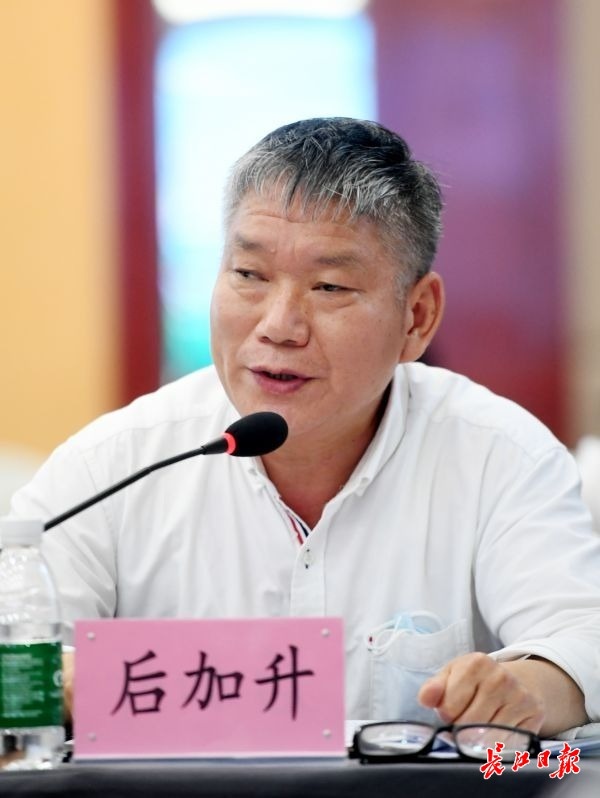
The Yangtze River Daily Da Wuhan Client August 10th (Reporter Li Jianhua) Working ...
Wenrun Pavilion · Zhihu 丨 finger pointers, directly reached the collection

Zhejiang News Client reporter Lin JingThe construction of the Smart Pavilion is a ...